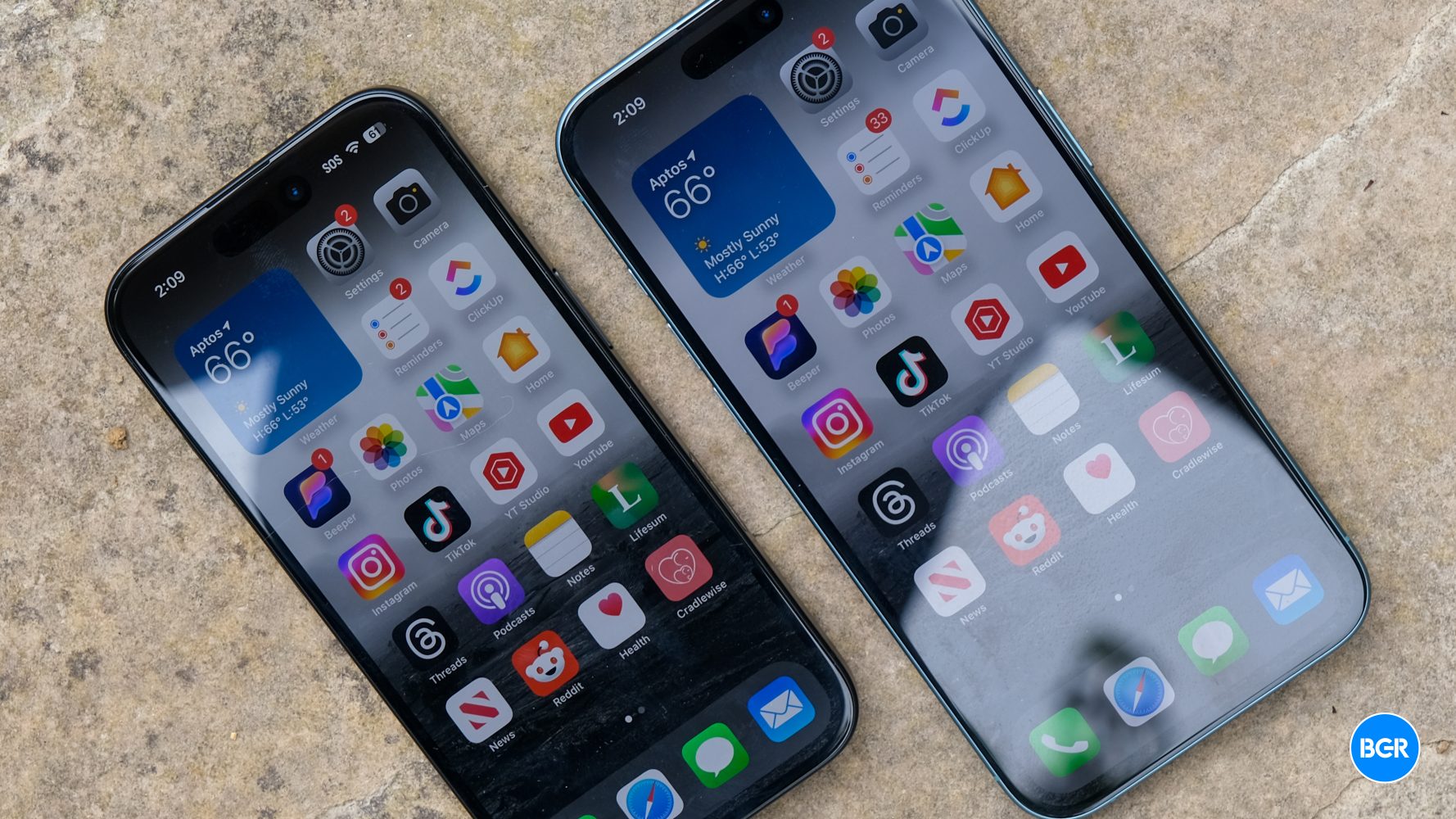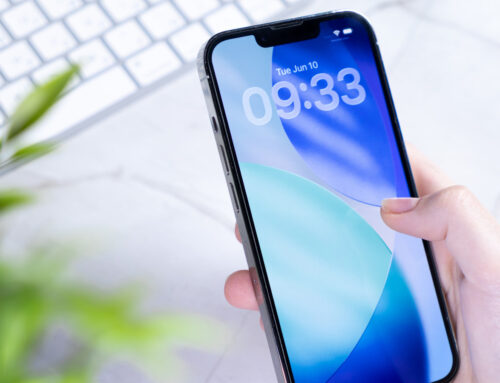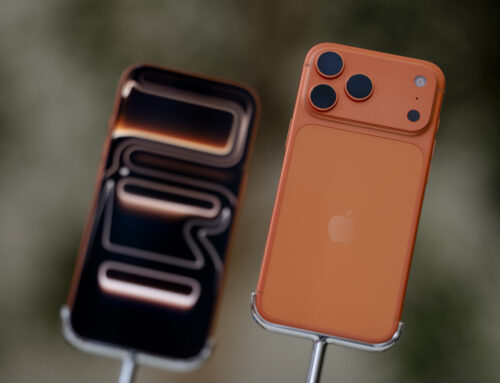If past years are anything to go by, the flagship phones launching this year should offer great battery life. The iPhone 16 Pro Max and Galaxy S24 Ultra offer great battery efficiencies that lead to improved battery life.
Their predecessors should feature even more energy-efficient components, which could improve battery life even without big battery capacity changes. Chips like the Snapdragon 8 Elite and the upcoming A19 processors should greatly help.
The improved efficiency of internal components will allow Samsung and Apple to launch ultra-thin devices like the Galaxy S25 Slim and the iPhone 17 Air. These phones will feature smaller batteries, but they should still offer decent battery life. Neither Samsung nor Apple would consider offering buyers such devices otherwise.
But come next year, smartphone vendors like Samsung and Apple might need new battery tech breakthroughs to continue improving battery life aside from even more efficient chips and components.
Tech. Entertainment. Science. Your inbox.
Sign up for the most interesting tech & entertainment news out there.
By signing up, I agree to the Terms of Use and have reviewed the Privacy Notice.
Samsung SDI is already working on such technology. If this year’s pilot is successful, the company plans to start manufacturing new batteries for small gadgets next year.
The company is testing stacked battery designs for phones like the Galaxy S and the iPhone. The battery technology has been used in EV battery design to improve energy density.
If successful, this battery tech might make it to next year’s Galaxy S26 and iPhone 18 flavors.
Korean news outlet The Elec mentioned Samsung’s interest in stacked battery design in a new report. Samsung SDI is eying small electronics with its stacked battery tech.
What are stacked batteries?
Batteries for phones like the current iPhone and Galaxy S models use a rolling technique. The cathode, separator, and anode are rolled into a cylindrical “jelly roll” structure.
Stacked batteries arrange the same three components in layers, stacked flatly on top of each other like steps. This design benefits from a more efficient use of volume, which leads to increased battery energy density.
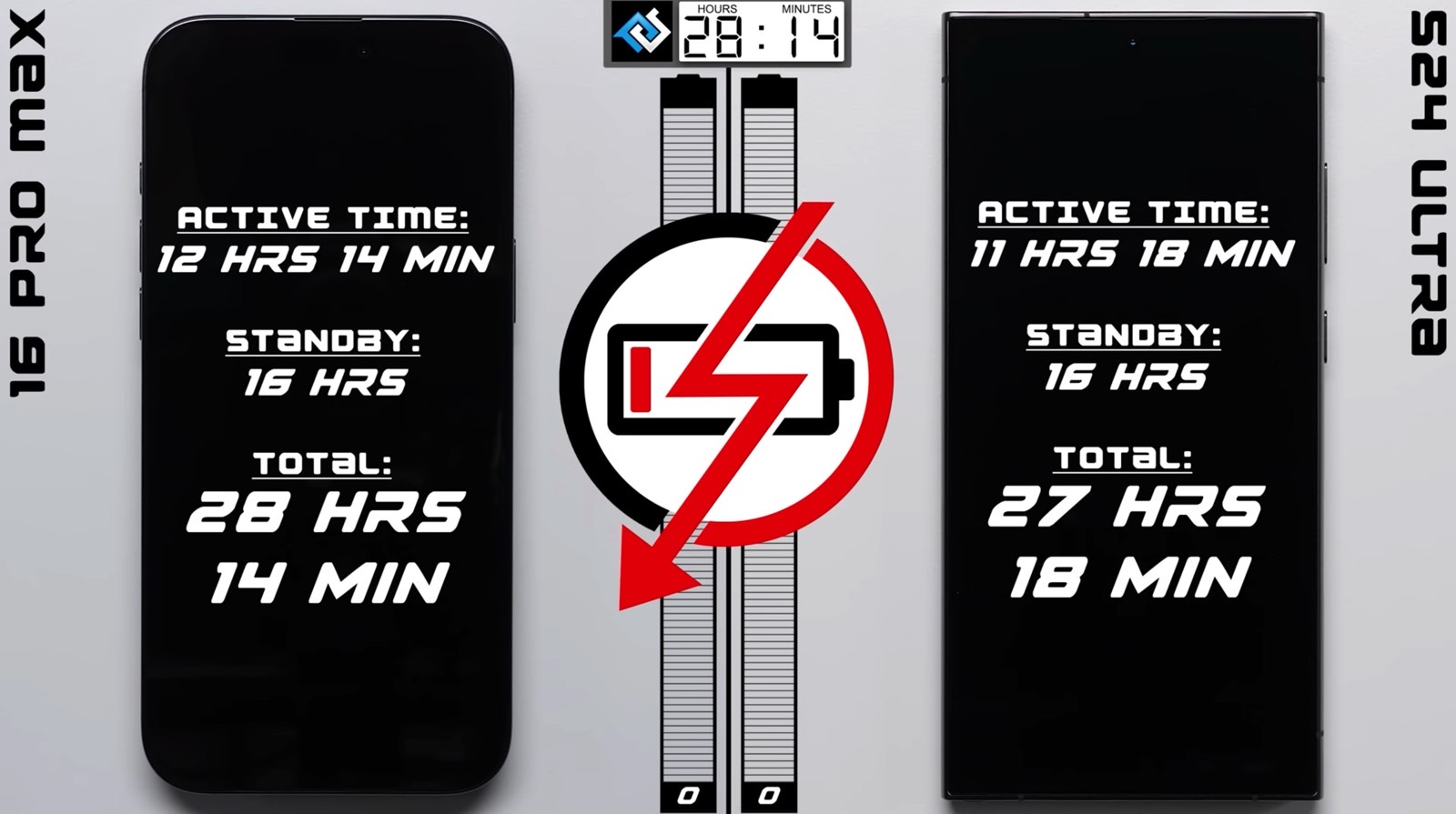
The Elec offers an actual example involving a Galaxy S phone. Current batteries rated at 5,000 mAh could exceed 5,500 mAh if the stacking structure is employed without occupying more volume. This would give phones at least a 10% battery capacity boost and, therefore, a significant bump in battery life.
Stacked batteries would be especially useful in phones like the Galaxy S26 Slim, the iPhone 18 Air, and the foldable iPhone. Samsung’s Galaxy Z Fold 8 and Flip 8 foldable phones are also expected next year. Thickness will be a key factor in designing these handsets, which might be available in stores throughout 2026.
However, stacked batteries will also boost life in thicker devices, like the Galaxy S26 Ultra and iPhone 18 Pro Max.
All of this is speculation for now. Samsung is only testing the technology this year. It’ll decide whether to move to mass production within the year.
The report doesn’t mention the Galaxy S26 and iPhone 18 phones by name, but it says that Samsung SDI is targeting Samsung Electronics and other major smartphone vendors with its stacked battery tech.
Also, if Samsung can make stacked batteries for small devices, it’s likely that its main competitors are looking to deploy similar tech breakthroughs. This means that Apple is keeping tabs on all these developments for its future products.
What about silicon batteries and solid-state batteries?
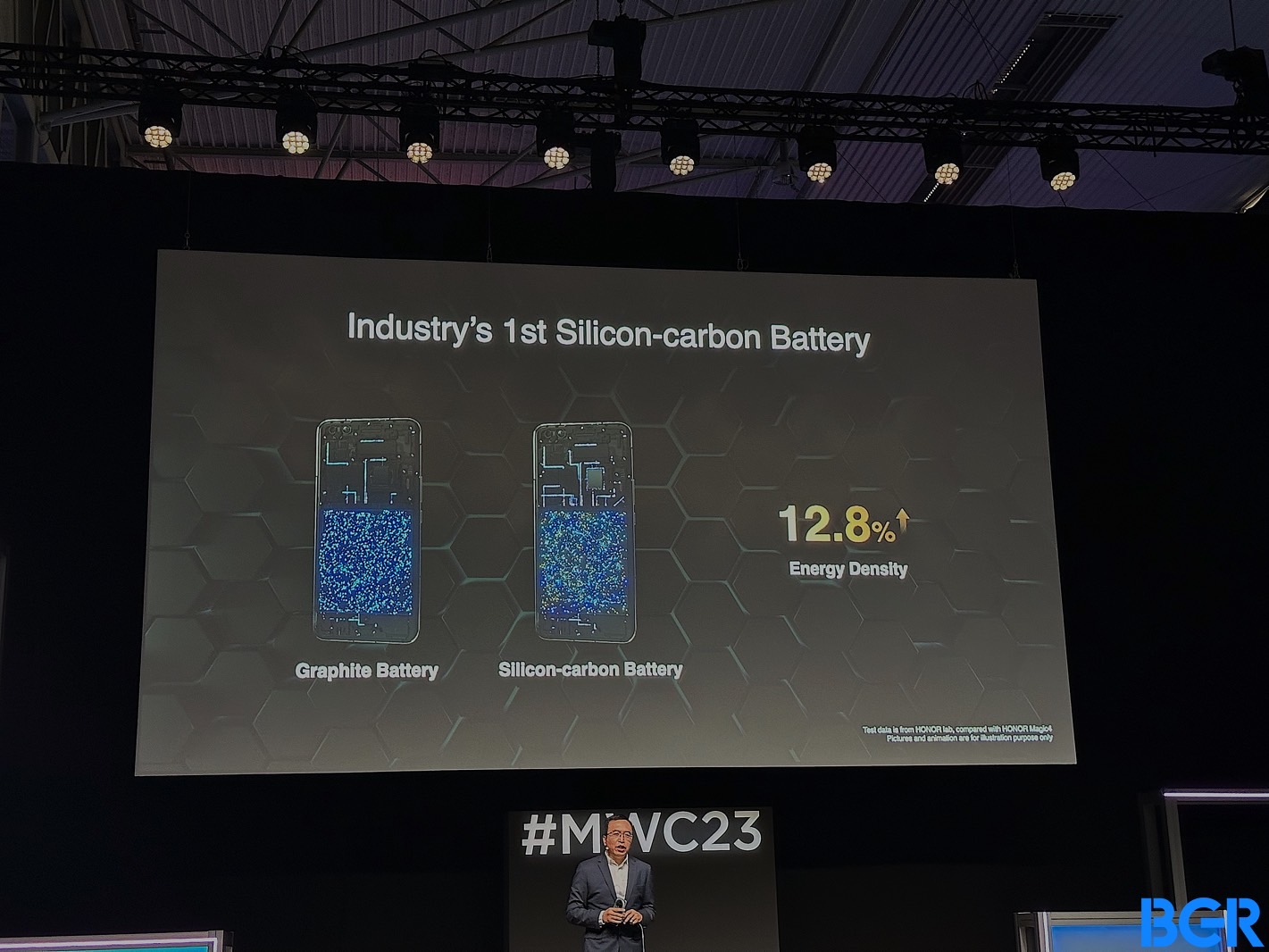
Separately, companies like Apple and Samsung are studying silicon-carbon batteries, which could deployed in phones like the iPhone 18 and Galaxy S26. That’s a different battery breakthrough, unrelated to stacked battery tech.
On that note, it’s too early to say whether stacked batteries will employ silicon in the anode or not. Battery capacity could increase even more than in the example above if stacked batteries for smartphones were to feature silicon-carbon anodes.
Stacked battery tech aside, Chinese vendors already sell flagships with silicon-carbon batteries.
Finally, according to a different report from Korea, Samsung is also developing a third battery innovation for future devices: solid-state batteries. The technology could benefit gadgets like the Apple Watch in the coming years.
What I’m getting at is that one way or another, phones like the Galaxy S26 and the iPhone 18 should get larger capacity batteries without increasing in size, and that’s an exciting prospect.

